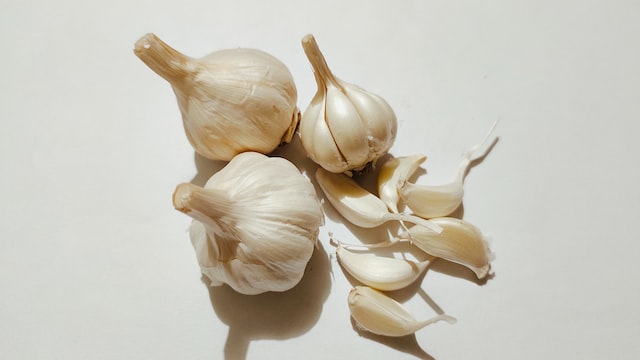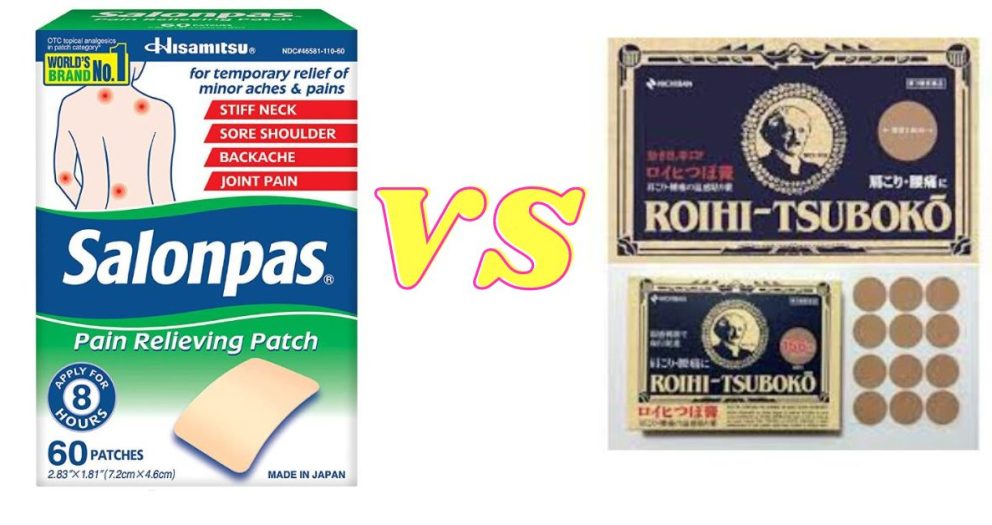Knee pain can be a debilitating and frustrating condition that affects millions of people worldwide. While there are many pharmaceutical remedies available, natural remedies like garlic have been found to be effective in treating knee pain.
Garlic, with its powerful anti-inflammatory, antioxidant and analgesic properties, can provide relief to those suffering from knee pain.
In this article, we will explore the different methods of using garlic to treat knee pain, including topical application, oral consumption and scientific evidence to support its effectiveness.
Imagine waking up pain-free and being able to move around freely, without the constant discomfort and limitations of knee pain. Could garlic be the answer to your knee pain woes? Read on to find out!
Properties of garlic
There are 3 main properties of garlic that make it a potent natural remedy for knee pain. By reducing inflammation, preventing oxidative damage, and relieving pain, garlic can help improve the quality of life for those suffering from knee pain.
Anti-inflammatory
One of the key properties of garlic is its ability to reduce inflammation. Inflammation is a natural response of the body to injury or infection, but it can also contribute to pain and swelling in conditions like knee pain.
Garlic contains compounds like allicin, diallyl sulfide, and ajoene, which have been shown to have anti-inflammatory effects. By reducing inflammation, garlic can help relieve pain and swelling in the knee joint.
Antioxidant
Garlic is also a rich source of antioxidants, which are compounds that protect the body from damage caused by free radicals.
Free radicals can contribute to the development of chronic conditions like knee pain, so by providing antioxidant protection, garlic can help prevent knee pain from getting worse.
Analgesic
Garlic also has analgesic properties, which means it can relieve pain. This is likely due to its ability to interact with the pain receptors in the body and reduce the transmission of pain signals.
By reducing pain, garlic can provide much-needed relief to those suffering from knee pain.
Methods of Using Garlic for Knee Pain
Topical Application
Garlic Oil: Garlic oil can be applied directly to the knee joint for pain relief. To make garlic oil, crush several cloves of garlic and mix with a carrier oil like olive oil. Apply the oil to the knee and cover with a bandage. Repeat this process several times a day for best results.
Garlic paste: A garlic paste can also be applied to the knee joint. To make the paste, crush several cloves of garlic and mix with a little water. Apply the paste to the knee and cover with a bandage. Leave the paste on for several hours before rinsing off.
Pain Relief Patch: If you do not like the oily and messy usage of garlic oil and paste, you can consider using pain relief patch like the Koli Rheumatic (Extra Power) Pain Relief Plaster 5S. Apply the plaster to the back behind your knee before you sleep at night once a day.
Oral Consumption
Raw Garlic: Eating raw garlic can also provide relief from knee pain. Crush several cloves of garlic and add to your food or eat directly.
Garlic supplements: Garlic supplements are also available in the form of pills, capsules, and liquids. They provide a convenient way to consume garlic without having to worry about the taste or preparation.
Precautions and warnings
Although garlic is generally considered safe, it can cause some side effects in some people. It is recommended to talk to your doctor before using garlic for knee pain, especially if you have a bleeding disorder, are taking blood thinners, or have an allergy to garlic.
Pregnant and breastfeeding women should also avoid using garlic in high doses.
Supporting Scientific Evidence
There have been several studies conducted to examine the efficacy of garlic for knee pain. One study found that consuming raw garlic for 12 weeks reduced pain and improved function in patients with osteoarthritis of the knee. [Source]
Another study found that a topical preparation of garlic was effective in reducing pain and swelling in patients with knee osteoarthritis.
While the studies mentioned above provide promising evidence for the use of garlic for knee pain, it’s important to note that more research is needed to fully understand the potential benefits and drawbacks of using garlic for knee pain.
The studies conducted so far have been relatively small and some have used different methods of administering garlic, making it difficult to compare the results.
In conclusion, there are several methods of using garlic for knee pain, including topical application, oral consumption, and supplements. Each method has its own benefits and drawbacks, and it’s important to consider your personal preferences and health conditions when choosing the best method for you.






